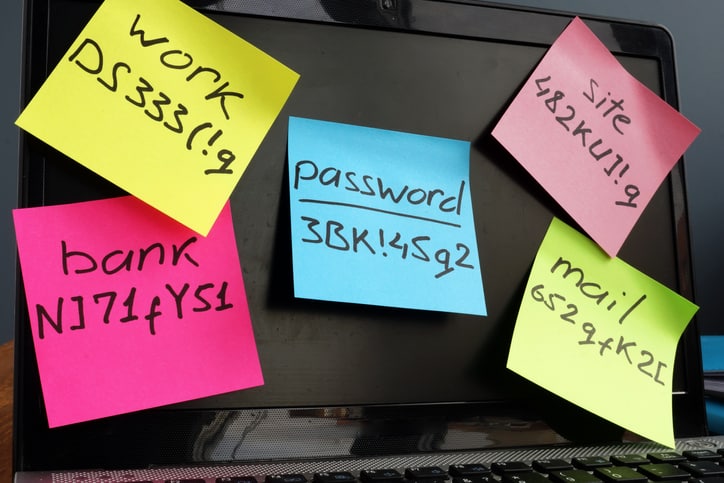Password Management
Passwords are specific strings that users provide during web accounts authentication prompts. While they may still be among the most secure authentication methods, there’s still a possibility of security threats if users mishandle them. Fortunately, you can leverage password management to reduce or eliminate risks.
Password management concept comprises several best practices and principles for users to follow as they store and manage their passwords efficiently. The guidelines help secure passwords and prevent unauthorized access.
This short-read covers the common password threats and the critical password management best practices.
Common Password Management Challenges and Threats
The current digitally connected era presents several challenges in securing passwords. As companies continue to leverage advanced web services, so does the number of cyberattack threats and successful incidents.
Here are the main threats to look out for:
- Log-in spoofing – Threat actors can create fake log-in pages where they illegally collect passwords.
- Social engineering – Cybercriminals may manipulate users to perform risky actions like divulging confidential data. Hackers use this strategy to trick unsuspecting targets into disclosing passwords.
- Brute force attacks – This is where criminals use automated tools to access user data.
- Dictionary attacks – Threat actors can automatically plug common phrases into password fields using different software.
- Opening multiple platforms – If you use the same password for different accounts, threat actors can reuse the log-in credentials to access other accounts, leading to identity theft.
- Shoulder surfing attacks – Attackers can also steal the log-in information by accessing user data or using a micro-camera.
- Sniffing attack – Hackers can use software like key loggers to illegally access your network and steal passwords.
The above threats allow hackers to steal log-in information from users and access benefits. Fortunately, you can implement several password management best practices to limit the risk.
Practical Password Management Best Practices
The following best practices will boost your password security, help you avoid typical network security risks and challenges, and aid business continuity and data backup.
Your Password is Your Secret
You definitely cannot give a stranger your ATM card and PIN then leave. So why would you share your account log-in credentials? Your username and passwords are your padlocks to vital information, and nobody should know the details except you. Anyone requesting your password should be treated as a scam.
Avoid Standard Passwords
While it may be hard to master different passwords for your various accounts, you must use separate log-in details for other accounts. So even if one is compromised, the rest will still be safe.
Multi-Factor Authentication Works
Even the most secure passwords aren’t entirely safe. You can add a protection layer by using multi-factor authentication or MFA. This could be a token or a smartphone app for confirming that it’s you who’s logging in. It also informs you of any attempted unauthorized log-ins.
Keep it Long
Password length also contributes to its complexity. The longer the phrase, the better. Using at least 16 characters where possible can significantly lower the risk.
Make it Easy to Remember but Hard to Guess
This helps beat dictionary threats where attackers guess their way into personal accounts. To create a memorable password, you can use a familiar phrase or sentence. Single words or a following a single number after the word can be a significant risk. Finally, avoid using common words that others can easily find, like your pet’s or children’s names, birthdays, your car model, etc.
Complexity Still Matters
You can increase your password complexity by combining lower and upper case letters, special characters, and numbers. Ensure your password includes at least three of these elements.
Leverage a Password Manager
Password vaults or management tools are an excellent way of keeping your passwords organized. These solutions offer secure storage and backup and can synchronize the log-in details across multiple systems. One commonly used password manager is LastPass.
Password Management Solutions In Toronto
Partnering with an experienced IT security expert can help you implement a practical password management strategy to shield your data and networks from malicious individuals targeting your log-in credentials. If this is what you currently need, you’re in safe hands. Reach out to EB solution today for apt guidance to overcome common cybersecurity threats and ensure business continuity and data backup.

